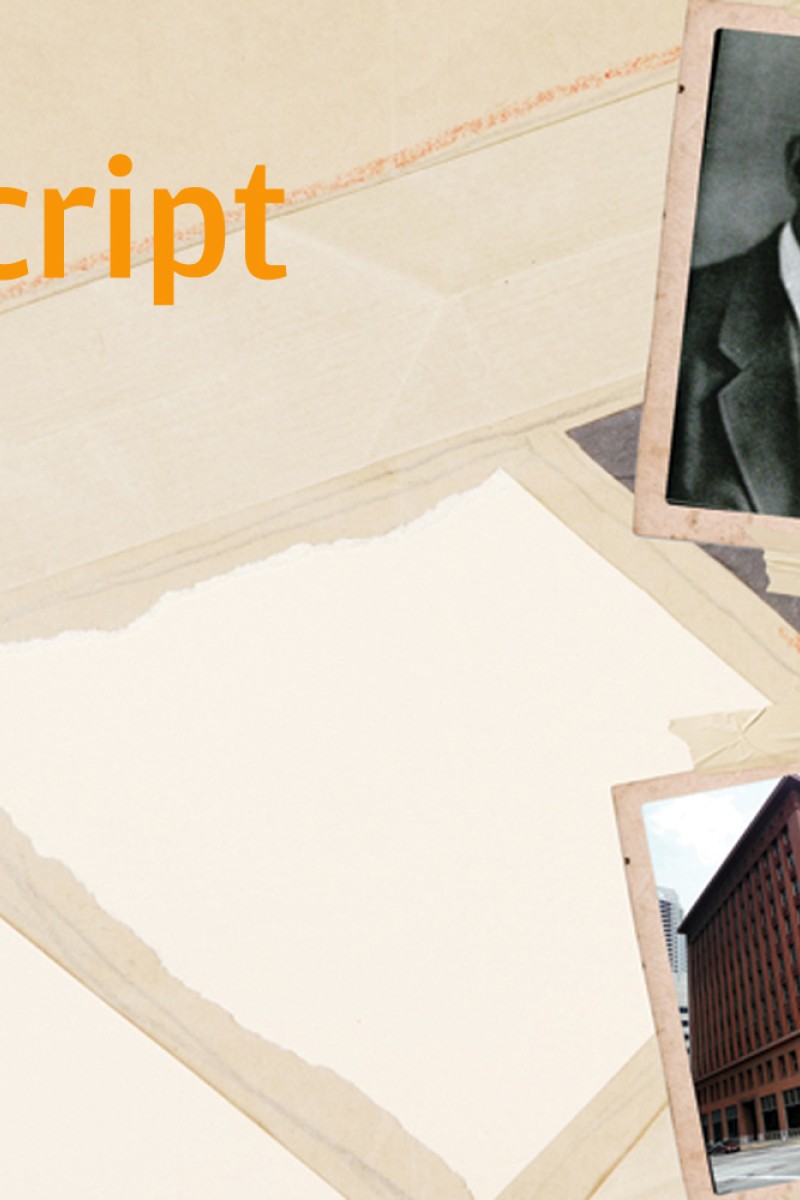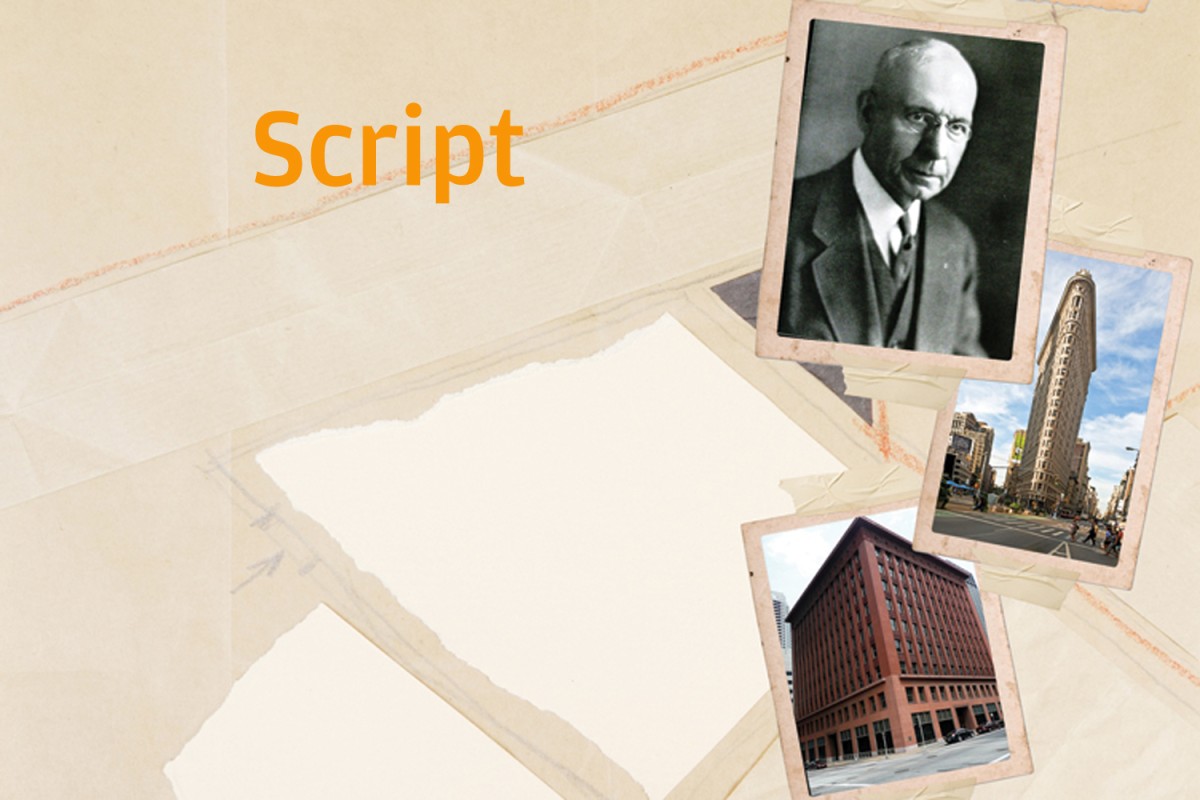
Script: The father of the skyscraper
Hong Kong would not be the city it is today without the the visionary ideas of an American architect and builder called Louis Henry Sullivan. But ask most people in a city full of skyscrapers what influence Sullivan had on their lives, and you would probably just see confusion on their faces.

Voice 1: Students of architecture refer to Louis Henry Sullivan as the 'Father of the Skyscraper'. That nickname puts the rest of us on the path to working out why the American architect and builder is so important in the development of cities like Hong Kong.
Voice 2: Sullivan was the first modern architect to devise ways of constructing buildings that rose up into the air instead of spreading on the ground. And he wanted to do this not because of a lack of land on which to build buildings, but because he thought that tall buildings were things of great elegance and beauty. Simply put, Louis Sullivan was the creator of the modern skyscraper.
Voice 1: He was born in Boston in 1856. Both his parents emigrated to America from Europe in the late 1840s to find a better life. After graduating from high school, sixteen-year-old Sullivan went to study at the Massachusetts Institute of Technology, the first-ever school of architecture in America.
Voice 2: He was a talented and impatient student, and after only a year at MIT, he left and got a job as an apprentice architect in Philadelphia. Then he moved to Chicago: there was a massive building boom following the great fire of 1871 that had destroyed almost all of the city.
Voice 1: Sullivan joined a well-established firm of architects, and was quickly promoted to partner. In fourteen years, Adler and Sullivan Architects, designed and constructed more than a hundred new buildings - theatres, office blocks, hotels - many of them landmarks in the history of architecture.
Voice 2: In 1886, Louis Sullivan caused a sensation with the Auditorium Building in Chicago. He had managed to build a building that was ten storeys high, and the people of Chicago thought this was a miracle. Sullivan knew that this was probably as high as he could go with a building built of stone. If he wanted to go higher, he had to find a lighter material to construct the framework of a building. Stone was too heavy.
Voice 1: Sullivan now began work on the ten-storey Wainwright Building in the city of St Louis, and this is the building that changed the face of construction forever. The exterior of the Wainwright was made from a new, mass-produced material called steel. It was light. It was strong. It could bear the weight of several tons of stone and masonry.
Voice 2: By first assembling a framework of mass-produced girders, Sullivan could suddenly create tall, slim buildings with a strong, light steel skeleton. The rest of the building - the walls, floors, ceilings and windows - could be hung from the skeleton which carried all the weight.
Voice 1: The modern skyscraper, which we all know and love, had been born, and Louis Sullivan was its father. Now, the only way was up and the sky was, indeed, the limit.
Voice 2: Sullivan died in Chicago in 1924. He believed that buildings should be three things. They should be solid, useful and beautiful. He created the first modern skyscraper with these three basic ideas in mind. An architect should begin with the function of the building, and then follow this with the form it should take.
Voice 1: Sullivan's 'Form follows Function' is still the way that successful architects work today. In 1946, more than twenty years after his death, the American Institute of Architects awarded Sullivan its Gold Medal. But all we have to do today is look around us to see what Sullivan began. We are surrounded by his legacy, no matter which way we turn or look.
